The Best Practices for Enjoying Clarksburg Wineries and Their Unique Offerings
Introduction to Clarksburg Wineries
Nestled in the heart of California’s wine country, clarksburg wineries embody the essence of a destination where rich historical significance and modern winemaking converge. Known for producing some of the finest wines, Clarksburg is rapidly becoming a must-visit for both casual wine enthusiasts and serious connoisseurs alike. This article explores what makes Clarksburg a unique destination for wine lovers, highlighting its geography, history, types of wines produced, visiting tips, tasting experiences, community engagement, and much more.
The Unique Geography of Clarksburg
Clarksburg’s geographical setting plays a pivotal role in its winemaking prowess. Located adjacent to the Sacramento River, the region benefits from a Mediterranean climate characterized by warm, dry summers and cool, wet winters. This climatic advantage enables grape varietals to thrive, presenting an optimal environment for grape cultivation. The fertile lands enriched by sandy loam soils contribute significantly to the distinct flavor profiles found in the wines produced here.
The proximity to water bodies moderates temperatures, positively influencing the growing conditions. Cool evening breezes from the river prevent heat stress during the growing season, allowing grapes to develop complex flavors and aromas. This geographic uniqueness sets Clarksburg apart and makes it an ideal locale for producing exceptional wines.
Brief History of Wineries in Clarksburg
The viticultural story of Clarksburg began in the mid-1800s when settlers recognized the potential of the land for grape cultivation. Early pioneers established small vineyards, focusing on the production of wines suited for local consumption. However, it wasn’t until the latter part of the 20th century that the region gained recognition for superior winemaking as more growers invested in high-quality grape varietals.
As a relatively new winemaking region, Clarksburg’s reputation blossomed in the 1990s when many wineries established themselves. By focusing on grapes such as Chardonnay, Sauvignon Blanc, and Chenin Blanc, winemakers crafted wines that resonated with both local and international palates. Today, Clarksburg boasts a rich tapestry of wineries, each contributing its unique fingerprint to the evolving winemaking traditions of the region.
Types of Wines Produced in Clarksburg
Clarksburg is primarily known for its white wines, with a strong emphasis on varietals like Chardonnay, Sauvignon Blanc, and Chenin Blanc. These wines are celebrated for their crisp acidity, vibrant flavors, and exceptional balance, making them ideal companions for a variety of culinary dishes. Chardonnay, in particular, benefits from the region’s diverse soils and microclimates, resulting in expressions that vary from crisp and citrusy to round and buttery.
Additionally, Clarksburg producers are gaining attention for their red wines, with varietals such as Cabernet Sauvignon and Merlot capturing the interest of wine lovers. These wines are crafted with meticulous care, revealing depth, structure, and the ability to age gracefully. Some winemakers are also experimenting with lesser-known varietals, adding to the excitement and diversity of the wine offerings from Clarksburg.
Visiting Clarksburg Wineries
Planning Your Vineyard Visit
Planning your visit to the stunning clarksburg wineries is essential for a memorable experience. Consider traveling during weekends when many wineries host special events, tastings, and tours. Check the individual winery websites for updated hours, bookings, and any special events to ensure that you plan your itinerary accordingly.
Additionally, consider scheduling guided tours. Many wineries offer escorted tastings and vineyard tours, providing visitors with unique insights into the winemaking process and the chance to meet the winemakers. If you’re unfamiliar with the region, engaging a local tour operator can enhance your experience, as they can introduce you to hidden gems and facilitate tastings throughout the area.
Best Times to Experience Clarksburg Wineries
Clarksburg is a year-round destination, but certain seasons offer distinct experiences. The late summer to early fall harvest season is particularly vibrant, showcasing the excitement of grape picking and winemaking. Visitors can participate in harvest festivities, grape stomps, and educational workshops during this lively time.
Spring is another extraordinary time to visit, as vineyards bloom with lush greenery and colorful flowers. This season provides picturesque landscapes that are perfect for photography enthusiasts. Whether it’s the warm colors of autumn or vibrant spring blooms, each season in Clarksburg offers its own unique charm and beauty.
What to Expect During Your Visit
During your visit to the clarksburg wineries, you can anticipate a warm and welcoming atmosphere. Most wineries prioritize customer experience, offering well-informed staff that lead tastings in beautifully designed tasting rooms or scenic outdoor spaces. Expect tastings to include multiple wines, offering a comprehensive overview of the winery’s offerings.
Many wineries also provide educational elements throughout the tasting experience, discussing the origins of the grapes and the winemaking techniques used. Some establishments have pairing options available, allowing guests to enjoy small bites that complement the wines, enhancing the overall experience.
Exploring Wine Tasting Experiences
Different Tasting Options at Clarksburg Wineries
Clarksburg wineries cater to a wide range of preferences, offering diverse tasting experiences. Many wineries provide standard flight tastings featuring a selection of their best wines, while others offer themed tastings that focus on varietals, vintages, or even sparkling wines.
For those looking to delve deeper, some wineries host guided tastings led by knowledgeable staff who explain the nuances of each wine, enhancing your appreciation for the craft. For a more intimate experience, consider booking private tastings where you can enjoy wines in a serene setting, perhaps overlooking picturesque vineyards.
Pairing Food with Clarksburg Wines
Pairing food with clarksburg wines can elevate your dining experience significantly. The fresh, crisp whites like Sauvignon Blanc often pair wonderfully with light fares such as seafood, salads, and grilled vegetables, enhancing the food’s natural flavors. Conversely, the fuller-bodied Chardonnays are magnificent companions to richer dishes like poultry and creamy pastas.
For red wines, consider matching Cabernet Sauvignon with robust proteins like grilled steak or hearty stews, which can complement the wine’s structure and tannins. Exploring local artisanal cheeses alongside the variety of wines can also provide delightful taste experiences. Many Clarksburg wineries offer curated food pairing experiences, allowing guests to indulge in the perfect combinations crafted by culinary experts.
Understanding Wine Labels and Flavor Profiles
Navigating wine labels can be perplexing, yet understanding them enhances your ability to select wines that align with your palate. Labels typically feature important information such as the grape varietal, region, vintage, and alcohol content. Familiarizing yourself with these components can help you identify quality wines.
Moreover, flavor profiles remain critical in understanding what to expect from a wine. Clarksburg’s Chardonnay, for example, may exhibit notes of citrus, green apple, or stone fruit, while a Sauvignon Blanc might reveal hints of tropical fruit or herbal nuances. Through tastings and discussions with knowledgeable staff at the wineries, you can deepen your understanding of wine styles and ultimately refine your palate.
Events and Community at Clarksburg Wineries
Annual Wine Festivals in Clarksburg
Clarksburg hosts several annual wine festivals that celebrate its vibrant wine culture. These events draw wine enthusiasts from across the region, offering tastings from various wineries, live entertainment, food pairings, and opportunities for guests to engage with local winemakers.
Among the popular events is the Clarksburg Wine Festival, attracting crowds for a day of exploration and celebration. Events like these not only promote local wine tourism but also foster community spirit, encouraging collaboration among local businesses and organizations to make each festival a memorable experience.
Local Community Support for Wineries
The local community plays a vital role in supporting Clarksburg wineries. As proud ambassadors of the region, residents actively encourage visits and promote local products. Wineries often engage with the community through events that showcase local art, crafts, and cuisine, strengthening relationships and fostering loyalty.
Additionally, partnerships between wineries and local farmers, businesses, and artisans enrich the community fabric. This not only enhances the tourism experience but also stimulates the local economy, emphasizing the symbiotic relationship between wineries and the community around them.
Collaboration Among Wineries and Local Businesses
Collaboration is a hallmark of the Clarksburg winemaking community. Wineries often work together on promotional events, combined tasting tours, and shared festivals, demonstrating the power of cooperation in meeting common goals. Such collaborations help to draw visitors to the area, making Clarksburg a recognized wine destination.
Local businesses also benefit from these partnerships, as tourists visiting the wineries contribute to the economy by dining at local restaurants, staying in accommodations, and purchasing artisanal products. This collective approach nurtures a robust tourism ecosystem where wineries, local vendors, and tourists thrive.
Tips for Connoisseurs and Casual Drinkers
How to Choose the Right Clarksburg Wines
Choosing the right wine from the vast selection available at clarksburg wineries can be overwhelming, but there are a few strategies to simplify the decision. Start by considering food pairings or the occasion for which you are buying. If you’re hosting a gathering, opt for wines that can cater to diverse tastes, like a selection of whites and reds.
Additionally, be open to exploring lesser-known varietals or winery specialties. Engaging in conversations with winery staff can yield personalized recommendations based on your preferences. Experimentation is key to finding new favorites; don’t hesitate to try different vintages or blends.
Storing and Serving Clarksburg Wines
Proper storage and serving of wine enhance the tasting experience significantly. Store wines in a cool, dark place, ideally between 45°F and 65°F for optimum preservation. For whites, serve them chilled, typically around 45°F to 50°F, while reds are often best at room temperature, around 60°F to 65°F.
When serving, utilize appropriate glassware: white wines in narrower glasses focus the aromas, while red wines benefit from wider bowls that allow for aeration. Allowing red wines to breathe before serving can further elevate their flavors, making for a more enjoyable experience.
Enhancing Your Wine Knowledge for Future Tastings
To enrich your wine knowledge, consider participating in tastings, attending workshops, and engaging with online wine communities. Many wineries offer educational events focused on various aspects of winemaking, from viticulture to tasting nuances. Taking the time to learn about grape varietals, regional distinctions, and winemaking practices can deepen your appreciation for wines from Clarksburg.
Furthermore, reading books or subscribing to wine magazines can bolster your knowledge and keep you updated on trends within the industry. As your understanding grows, you’ll find yourself enjoying the nuances of clarksburg wineries even more, allowing for a richer tasting experience.

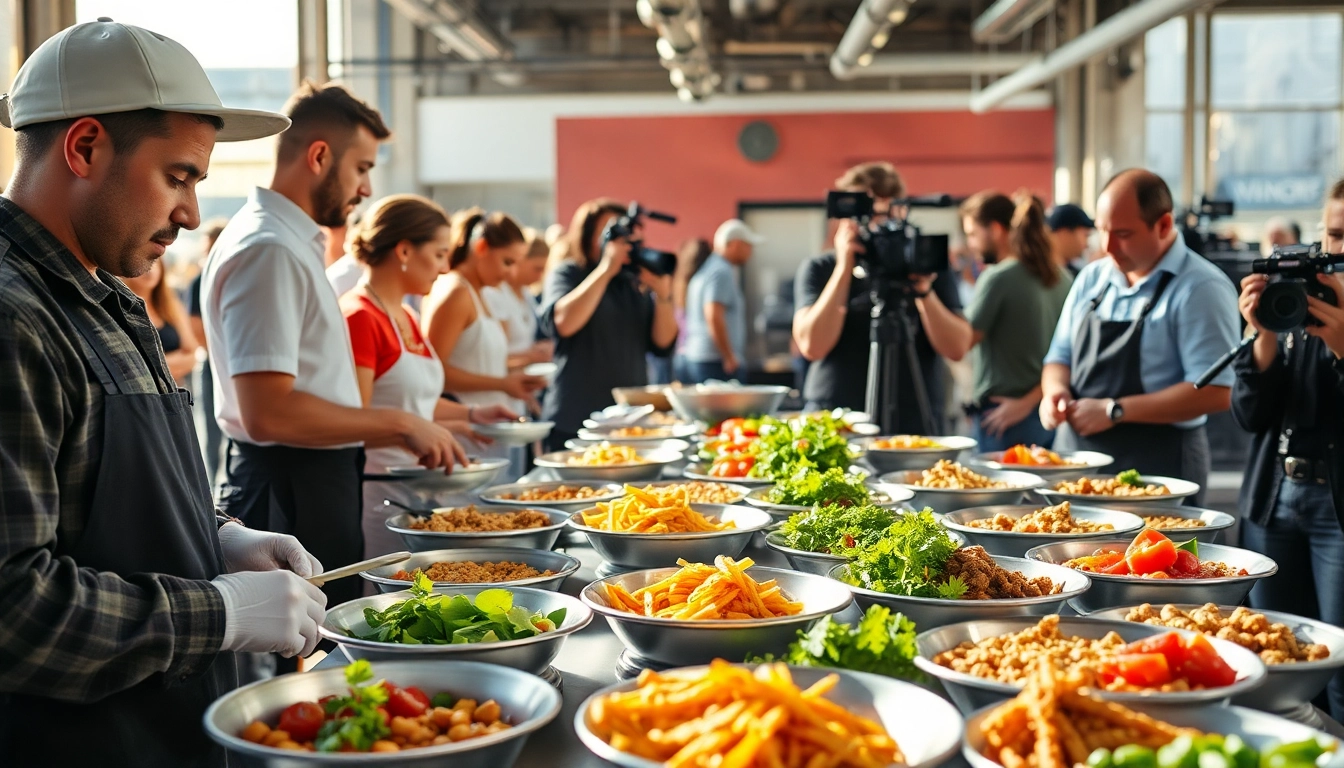
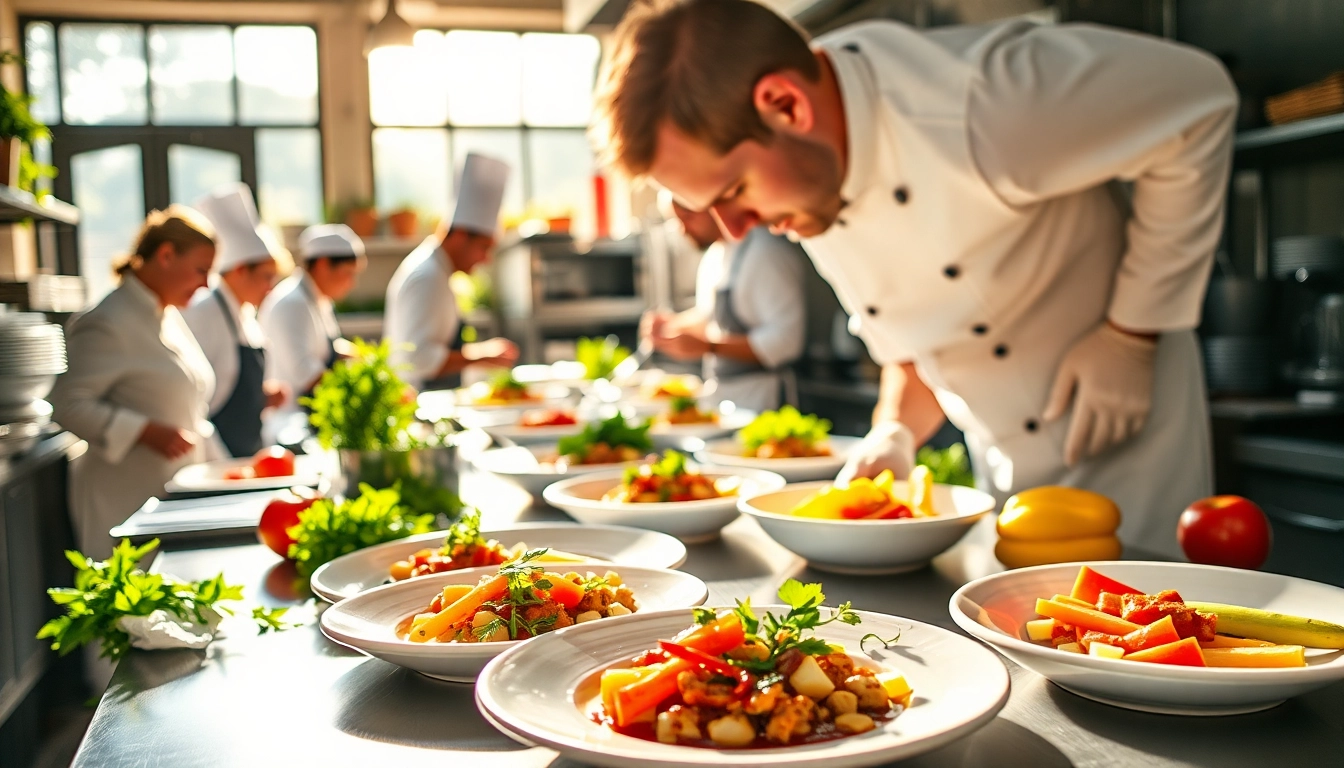
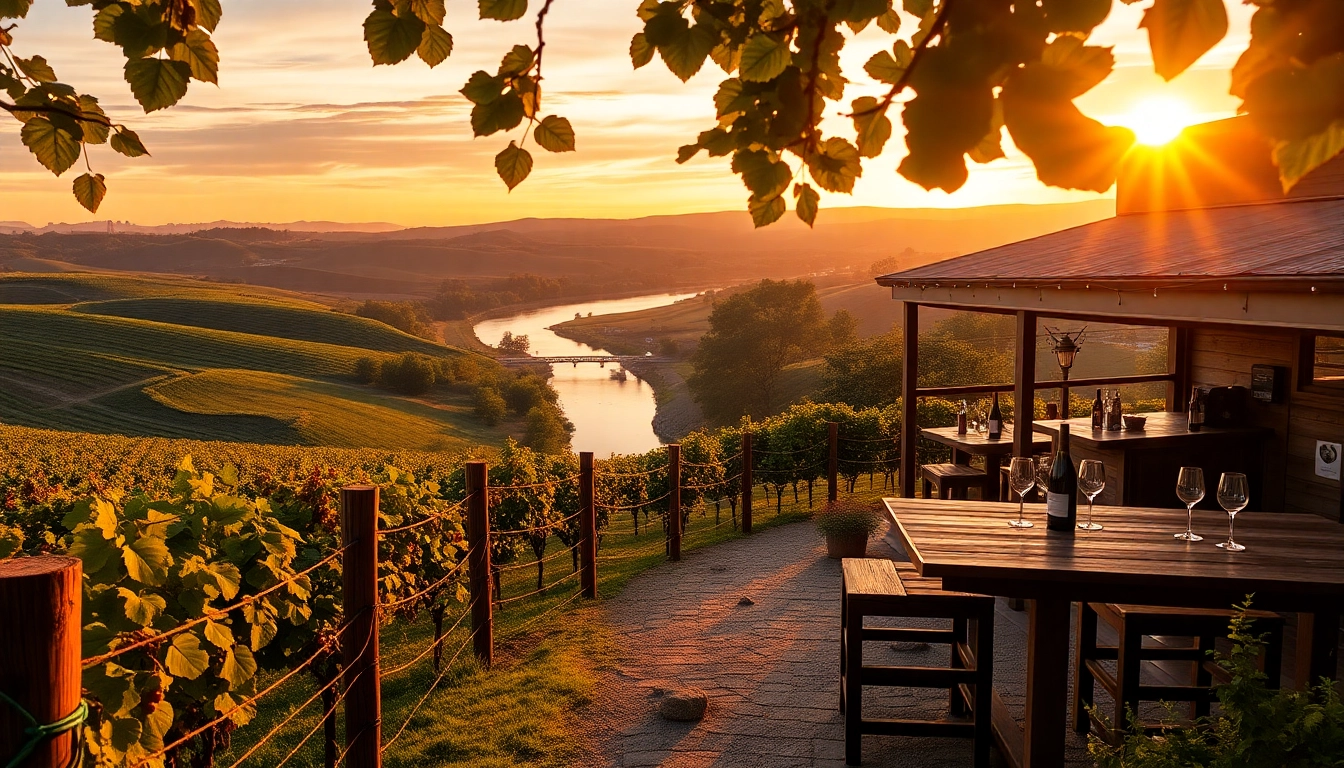







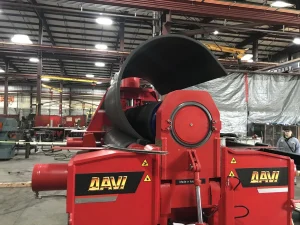

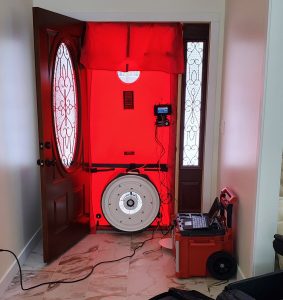
Post Comment